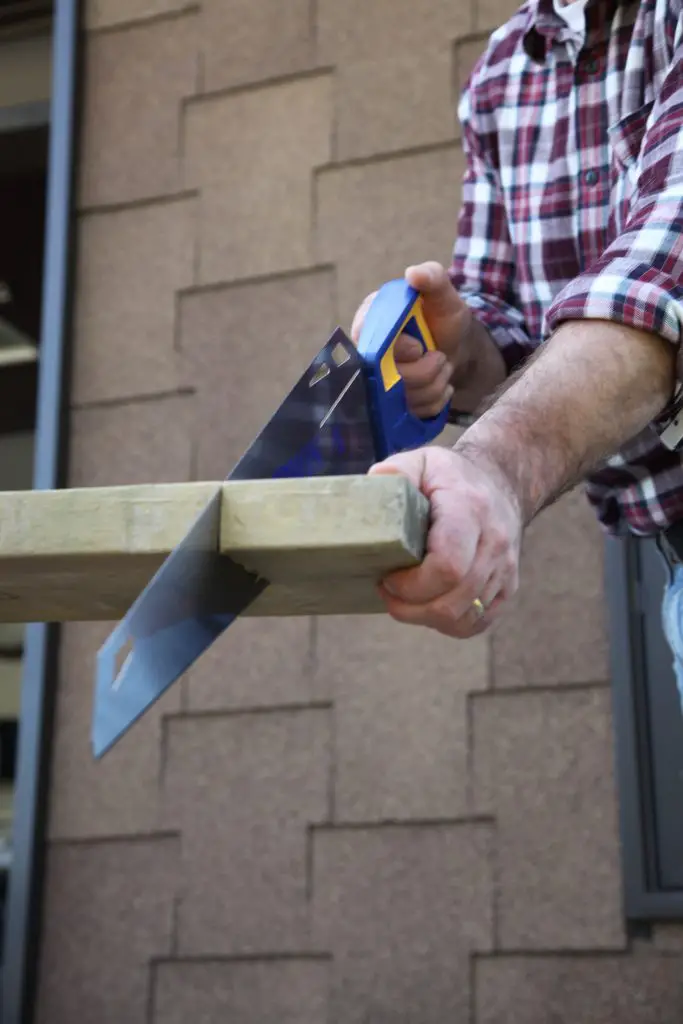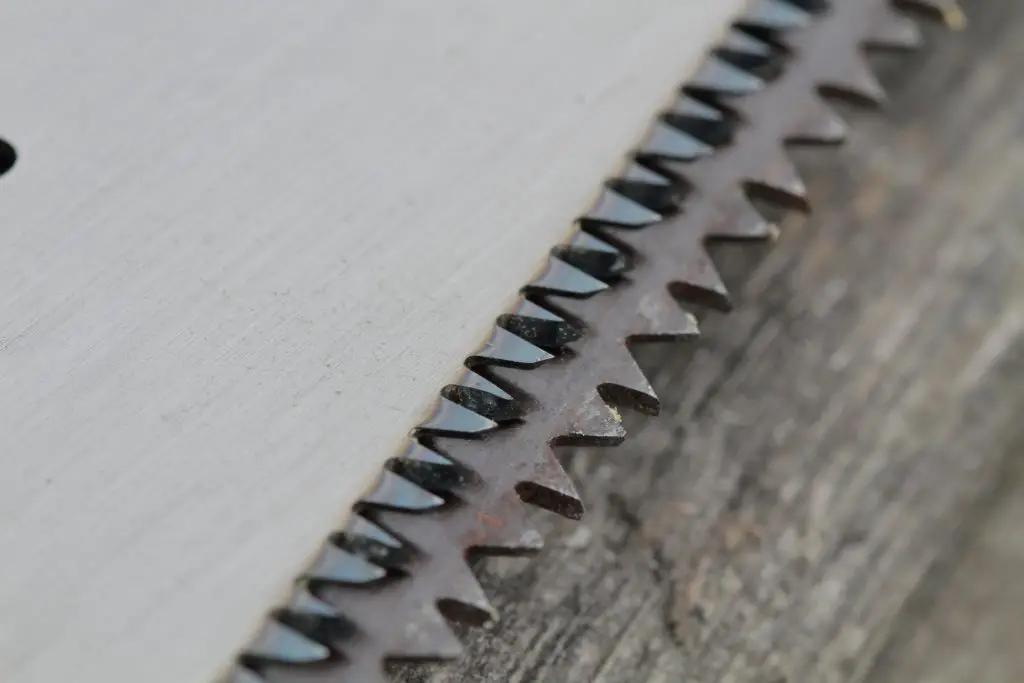No matter how fancy power tools get, there will always be a legitimate place for hand tools in construction, DIY and home maintenance. It’s easy enough to understand this idea when it comes to screwdrivers, shovels and pliers, but hand saws are another matter. Many people – professionals and homeowners alike – don’t think of hand saws to help with a job, even though power saws aren’t always the most efficient option. As unfortunate as this misunderstanding is, it’s easy to see why it happens.

- Reading Time = 3 1/2 minutes
- Video Watch Time = 12 minutes
New Saws vs Old Saws
Outdated prejudices die hard, and that’s why hand saws have a bad reputation with many beginners. Until a decade or two ago, hand saws worked reasonably well only when they were maintained properly, and laboriously sharpened by an expert technician using obscure, specialized tools. Unless you were obsessive about your hand saw, chances were good that it wouldn’t cut all that well when you needed it. A power saw might be noisier, the hassles of finding and plugging in an extension cord or charged battery might take time, and the act of cutting might permanently damage your hearing unless you donned ear protection, but at least the cut happened without putting you out of breath. Many people who’ve never used a hand saw before mistakenly consider them to be implements of unproductive fatigue. They groan at the thought of cutting wood with their own arm, even though quietly and quite amazingly, the world of hand saws is evolving in three astonishing ways.
VIDEO: Great Handsaw in Action
Click below to watch that Irwin handsaw I mentioned in action. This video comes from my online course WOODWORKING FOR BEGINNERS.
Tooth Pattern Matters
A big part of great handsaw performance comes from the shape of the cutting teeth. Where traditional hand saws have bluntly triangular-shaped teeth, these aren’t found on many saws any more. Something called a Japanese tooth pattern is taking over because it converts so much more arm power into actual cutting results. Japanese saw tooth patterns are more steeply angled and they’re oriented to cut on the pull stroke. This makes use of the tensile strength of the saw blade, allowing a much thinner swath cut through the wood. Less wood is reduced to chips for a given cut, making the most efficient use of muscle-powered sawing efforts.

Fast Cutting Results
One reason saws like the Irwin keep cutting for so long is that the teeth are exceptionally hard. And though this means you can’t resharpen them, that doesn’t really matter. They last a very long time, and at a cost of just over $20, I consider this saw a long-lasting disposable. The particular Irwin model I like is made in Denmark, which is surprising given the trend to Asian production of low-cost tools. Somehow, in this case, quality and low cost are coming out of the west, and in this case the design includes various cut-outs on the blade to help when it comes time to marking wood with a pencil for cutting. These are nice features, but they only make sense because the saw cuts so very well. I’ve used a handsaw to complete cuts across timbers that were too thick for my electric circular saw, for one-off cuts with construction lumber that didn’t warrant the hassles of firing up an electric saw, and for cutting tree branches.
Sometimes the best tools are also the simplest, safest and quietest. In the case of hand saws, they’re also the most overlooked. If the thought of cutting wood by hand gets you feeling tired, you might just be the victim of an old and outdated stereotype that’s worth dispelling.
 I hope you found this article and video useful. Please consider helping me cover the cost of creating and publishing stories and videos online. Click the “buy me a coffee” button below and it’s easy, fast and safe to make a contribution. A big thank you to everyone who helps keep this website up and running.
I hope you found this article and video useful. Please consider helping me cover the cost of creating and publishing stories and videos online. Click the “buy me a coffee” button below and it’s easy, fast and safe to make a contribution. A big thank you to everyone who helps keep this website up and running.
– Steve Maxwell



